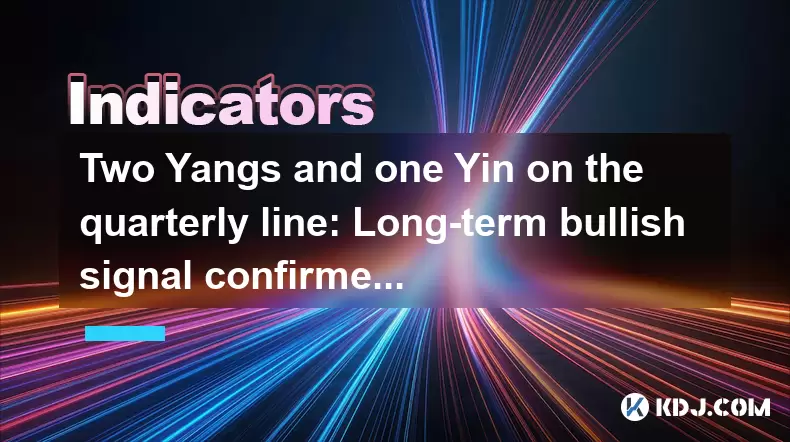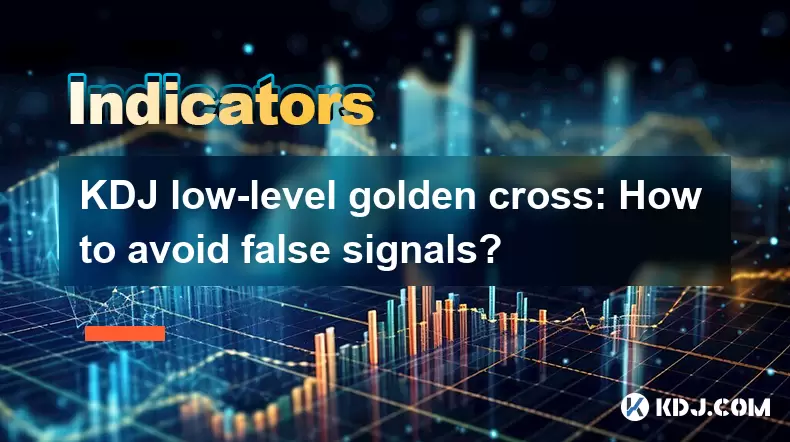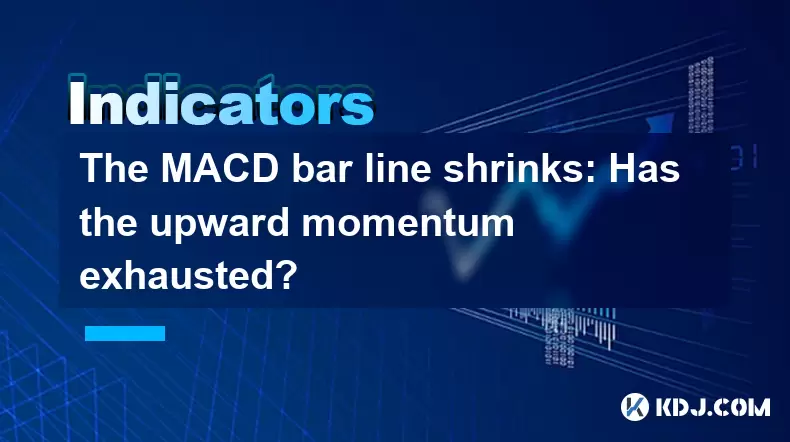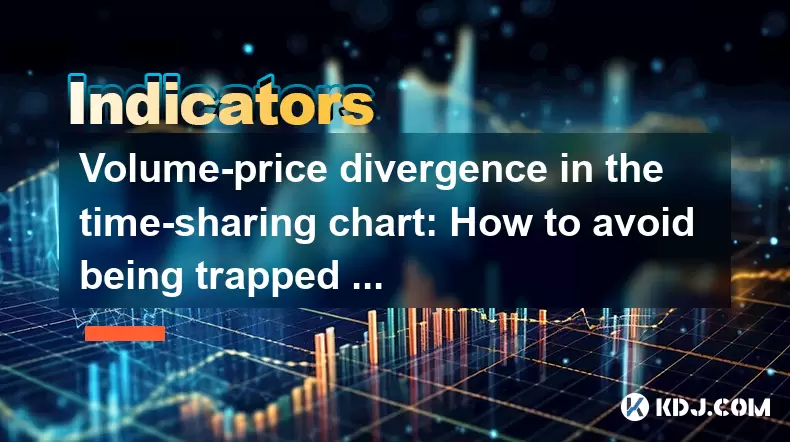-
 Bitcoin
Bitcoin $107,631.9817
-1.73% -
 Ethereum
Ethereum $2,739.1787
-4.61% -
 Tether USDt
Tether USDt $1.0000
-0.01% -
 XRP
XRP $2.2427
-3.30% -
 BNB
BNB $664.0527
-0.73% -
 Solana
Solana $158.0902
-5.38% -
 USDC
USDC $0.9998
-0.01% -
 Dogecoin
Dogecoin $0.1876
-7.78% -
 TRON
TRON $0.2753
-3.21% -
 Cardano
Cardano $0.6820
-5.55% -
 Hyperliquid
Hyperliquid $43.0171
-0.38% -
 Sui
Sui $3.3308
-4.87% -
 Chainlink
Chainlink $14.3431
-7.89% -
 Avalanche
Avalanche $21.0266
-6.48% -
 Bitcoin Cash
Bitcoin Cash $437.7657
-1.56% -
 Stellar
Stellar $0.2746
-2.52% -
 UNUS SED LEO
UNUS SED LEO $8.8665
-1.96% -
 Toncoin
Toncoin $3.1885
-3.37% -
 Shiba Inu
Shiba Inu $0.0...01260
-6.84% -
 Hedera
Hedera $0.1686
-4.93% -
 Litecoin
Litecoin $88.8406
-5.16% -
 Polkadot
Polkadot $4.0542
-6.28% -
 Monero
Monero $322.5806
-4.20% -
 Ethena USDe
Ethena USDe $1.0004
-0.02% -
 Bitget Token
Bitget Token $4.7089
-3.10% -
 Dai
Dai $0.9998
-0.01% -
 Pepe
Pepe $0.0...01206
-9.06% -
 Uniswap
Uniswap $7.8694
-5.20% -
 Pi
Pi $0.6232
-2.68% -
 Aave
Aave $301.3815
-3.83%
The negative line reverses the positive line of the previous day: Warning of trend reversal?
A negative line reversal in crypto trading, where a day's price action negates the previous day's gains, often signals an impending trend reversal and increased market volatility.
Jun 10, 2025 at 01:28 am

The concept of a negative line reversing the positive line of the previous day is a significant signal within the cryptocurrency trading community, often interpreted as a warning of an impending trend reversal. This phenomenon occurs when a day's price action completely negates the gains or losses of the previous day, potentially signaling a shift in market sentiment. Understanding this signal can be crucial for traders looking to anticipate and capitalize on market movements.
Understanding the Negative Line Reversal
A negative line reversal happens when the closing price of a cryptocurrency on a given day falls below the opening price of the previous day, effectively erasing the previous day's gains. Conversely, a positive line reversal occurs when the closing price on a given day exceeds the opening price of the previous day, reversing the previous day's losses. When a negative line reverses the positive line of the previous day, it suggests that the bullish momentum that drove the previous day's gains may be waning, potentially signaling a bearish turn in the market.
Identifying the Signal in Cryptocurrency Charts
To identify a negative line reversal in cryptocurrency charts, traders need to pay close attention to daily candlestick patterns. Here's how to spot this signal:
- Examine the previous day's candlestick: Look for a bullish candlestick where the closing price is higher than the opening price.
- Analyze the current day's candlestick: If the current day's closing price falls below the previous day's opening price, a negative line reversal has occurred.
This pattern can be observed across various timeframes, but daily charts are particularly useful for understanding broader market trends.
The Implications of a Negative Line Reversal
When a negative line reversal occurs, it can have several implications for traders:
- Potential trend reversal: The most immediate implication is the possibility of a trend reversal. If the market was in an uptrend, a negative line reversal could signal that the uptrend is losing steam, and a downtrend may be imminent.
- Shift in market sentiment: This signal can indicate a shift in market sentiment from bullish to bearish, as sellers begin to overpower buyers.
- Increased volatility: Negative line reversals can lead to increased volatility as traders react to the signal, potentially leading to sharp price movements.
Case Studies: Negative Line Reversals in Action
To illustrate the impact of negative line reversals, let's examine a few case studies from the cryptocurrency market:
- Bitcoin in May 2021: After a strong bullish run, Bitcoin experienced a negative line reversal on May 12, 2021, when the closing price fell below the opening price of May 11. This reversal preceded a significant downtrend, with Bitcoin losing nearly 30% of its value over the next week.
- Ethereum in November 2021: Ethereum saw a negative line reversal on November 25, 2021, after a period of consolidation. The reversal signaled the end of the consolidation phase and the beginning of a bearish trend, with Ethereum dropping over 20% in the subsequent days.
These examples highlight how negative line reversals can serve as early warning signs of trend reversals in the cryptocurrency market.
Trading Strategies Based on Negative Line Reversals
Traders can develop strategies to capitalize on negative line reversals. Here are some approaches:
- Short selling: Upon identifying a negative line reversal, traders can initiate short positions to profit from the anticipated downtrend.
- Stop-loss adjustments: Traders holding long positions can adjust their stop-loss orders to protect against potential losses following a negative line reversal.
- Waiting for confirmation: Some traders prefer to wait for additional confirmation, such as a subsequent bearish candlestick or a break below key support levels, before acting on a negative line reversal.
Technical Indicators to Complement Negative Line Reversals
While negative line reversals can be powerful signals, they are often more effective when used in conjunction with other technical indicators. Here are some indicators that can complement the analysis:
- Moving Averages: A crossover of short-term and long-term moving averages can confirm the trend reversal signaled by a negative line reversal.
- Relative Strength Index (RSI): An RSI reading above 70 followed by a negative line reversal can indicate that the market is overbought and due for a correction.
- MACD (Moving Average Convergence Divergence): A bearish crossover in the MACD can reinforce the signal provided by a negative line reversal.
Limitations and False Signals
It's important to recognize that negative line reversals are not infallible. There are instances where they can produce false signals:
- Market noise: In highly volatile markets, negative line reversals can occur frequently and may not always indicate a true trend reversal.
- Lack of volume: If the negative line reversal occurs on low trading volume, it may lack the conviction needed to sustain a trend reversal.
- External factors: Macroeconomic events or news can sometimes overshadow technical signals, leading to false reversals.
Traders should always consider these limitations and use additional analysis to validate their trading decisions.
Frequently Asked Questions
Q: Can negative line reversals occur on shorter timeframes, such as hourly charts?
A: Yes, negative line reversals can occur on shorter timeframes like hourly charts. However, the significance of these reversals may be less pronounced compared to daily charts, as they may reflect short-term fluctuations rather than broader market trends.
Q: How can traders differentiate between a genuine negative line reversal and a false signal?
A: Traders can differentiate between genuine and false signals by looking for corroborating evidence from other technical indicators, such as moving averages, RSI, and MACD. Additionally, analyzing trading volume and considering the broader market context can help validate the signal.
Q: Are negative line reversals more common in certain cryptocurrencies?
A: Negative line reversals can occur in any cryptocurrency, but they may be more frequent in highly volatile assets. Cryptocurrencies with lower market caps and higher volatility, such as altcoins, may experience more frequent negative line reversals compared to more stable assets like Bitcoin.
Q: Can negative line reversals be used for long-term investment decisions?
A: While negative line reversals are primarily used for short-term trading decisions, they can also inform long-term investment strategies. Investors can use these signals to adjust their portfolios, such as reducing exposure to assets showing signs of bearish reversals or reallocating funds to more promising opportunities.
Disclaimer:info@kdj.com
The information provided is not trading advice. kdj.com does not assume any responsibility for any investments made based on the information provided in this article. Cryptocurrencies are highly volatile and it is highly recommended that you invest with caution after thorough research!
If you believe that the content used on this website infringes your copyright, please contact us immediately (info@kdj.com) and we will delete it promptly.
- Expert Predicts When Bitcoin (BTC) Price Could Hit a New All-Time High
- 2025-06-13 02:00:20
- US President Donald Trump Virtually Spoke at the Coinbase State of Crypto Summit
- 2025-06-13 02:00:20
- Arctic Pablo Coin (APC) Explodes Onto the Meme Coin Stage as One of the Top New Meme Coins for Exponential Returns
- 2025-06-13 01:55:12
- Litecoin (LTC) Price Nosedives as Bollinger Bands Signal Lingering Bearish Sentiment
- 2025-06-13 01:55:12
- DeFi Development Corp. (DFDV) Secures $5 Billion Equity Line of Credit from RK Capital Management
- 2025-06-13 01:50:12
- Tether Expands Gold Strategy with Stake in Elemental Altus Royalties
- 2025-06-13 01:50:12
Related knowledge

Two Yangs and one Yin on the quarterly line: Long-term bullish signal confirmed?
Jun 12,2025 at 07:00am
Understanding the 'Two Yangs and One Yin' Candlestick PatternIn technical analysis, candlestick patterns play a pivotal role in identifying potential market reversals or continuations. The 'Two Yangs and One Yin' pattern is one such formation that traders often observe on longer timeframes like the quarterly chart. This pattern consists of two bullish (...

KDJ low-level golden cross: How to avoid false signals?
Jun 12,2025 at 08:21am
Understanding the KDJ IndicatorThe KDJ indicator, also known as the stochastic oscillator, is a momentum-based technical analysis tool widely used in cryptocurrency trading. It consists of three lines: the %K line (fast stochastic), the %D line (slow stochastic), and the %J line (divergence value). These lines oscillate between 0 and 100, helping trader...

Bottom-up volume stagnation: Is it accumulation or heavy selling pressure?
Jun 12,2025 at 01:42pm
What Is Bottom-Up Volume Stagnation?Bottom-up volume stagnation refers to a specific pattern observed in cryptocurrency trading charts where the price of an asset moves sideways or slightly downward, and trading volume remains consistently low over an extended period. This phenomenon is often seen after a sharp price drop or during a prolonged bear mark...

The MACD bar line shrinks: Has the upward momentum exhausted?
Jun 12,2025 at 12:49am
Understanding the MACD Bar LineThe Moving Average Convergence Divergence (MACD) is a widely used technical indicator in cryptocurrency trading. It consists of three main components: the MACD line, the signal line, and the MACD histogram (also known as the bar line). The MACD bar line represents the difference between the MACD line and the signal line. W...

The chip peak moves up: Is the main force quietly shipping?
Jun 12,2025 at 01:01am
Understanding the Chip Peak Movement in Cryptocurrency MiningIn recent years, the chip peak movement has become a critical topic within the cryptocurrency mining community. This phrase typically refers to the point at which mining hardware reaches its maximum efficiency and output capacity. When this peak shifts upward, it often signals changes in the s...

Volume-price divergence in the time-sharing chart: How to avoid being trapped on the same day?
Jun 12,2025 at 07:28pm
Understanding Volume-Price Divergence in Cryptocurrency TradingVolume-price divergence is a critical concept in technical analysis, especially within the fast-moving world of cryptocurrency trading. It refers to a situation where price movement and trading volume move in opposite directions. For instance, if the price of a cryptocurrency is rising while...

Two Yangs and one Yin on the quarterly line: Long-term bullish signal confirmed?
Jun 12,2025 at 07:00am
Understanding the 'Two Yangs and One Yin' Candlestick PatternIn technical analysis, candlestick patterns play a pivotal role in identifying potential market reversals or continuations. The 'Two Yangs and One Yin' pattern is one such formation that traders often observe on longer timeframes like the quarterly chart. This pattern consists of two bullish (...

KDJ low-level golden cross: How to avoid false signals?
Jun 12,2025 at 08:21am
Understanding the KDJ IndicatorThe KDJ indicator, also known as the stochastic oscillator, is a momentum-based technical analysis tool widely used in cryptocurrency trading. It consists of three lines: the %K line (fast stochastic), the %D line (slow stochastic), and the %J line (divergence value). These lines oscillate between 0 and 100, helping trader...

Bottom-up volume stagnation: Is it accumulation or heavy selling pressure?
Jun 12,2025 at 01:42pm
What Is Bottom-Up Volume Stagnation?Bottom-up volume stagnation refers to a specific pattern observed in cryptocurrency trading charts where the price of an asset moves sideways or slightly downward, and trading volume remains consistently low over an extended period. This phenomenon is often seen after a sharp price drop or during a prolonged bear mark...

The MACD bar line shrinks: Has the upward momentum exhausted?
Jun 12,2025 at 12:49am
Understanding the MACD Bar LineThe Moving Average Convergence Divergence (MACD) is a widely used technical indicator in cryptocurrency trading. It consists of three main components: the MACD line, the signal line, and the MACD histogram (also known as the bar line). The MACD bar line represents the difference between the MACD line and the signal line. W...

The chip peak moves up: Is the main force quietly shipping?
Jun 12,2025 at 01:01am
Understanding the Chip Peak Movement in Cryptocurrency MiningIn recent years, the chip peak movement has become a critical topic within the cryptocurrency mining community. This phrase typically refers to the point at which mining hardware reaches its maximum efficiency and output capacity. When this peak shifts upward, it often signals changes in the s...

Volume-price divergence in the time-sharing chart: How to avoid being trapped on the same day?
Jun 12,2025 at 07:28pm
Understanding Volume-Price Divergence in Cryptocurrency TradingVolume-price divergence is a critical concept in technical analysis, especially within the fast-moving world of cryptocurrency trading. It refers to a situation where price movement and trading volume move in opposite directions. For instance, if the price of a cryptocurrency is rising while...
See all articles

























































































